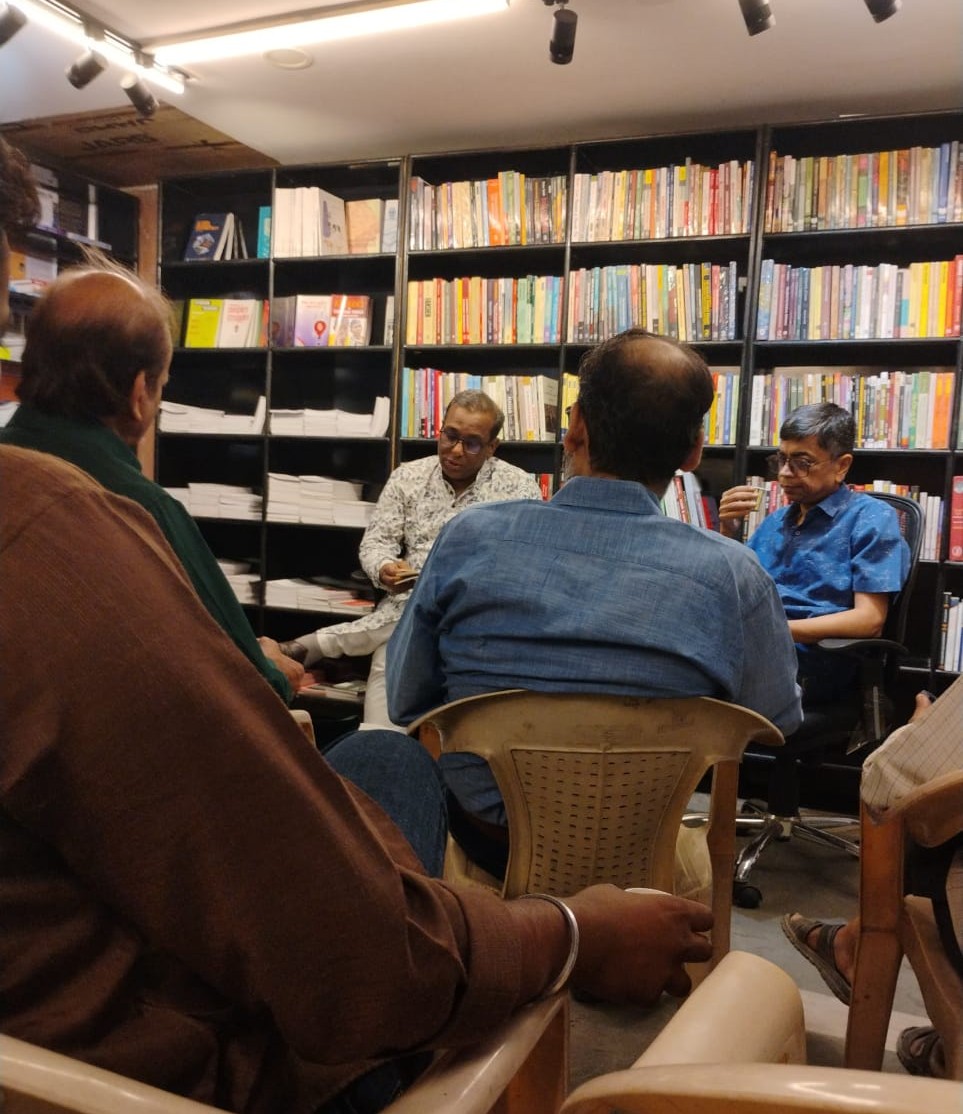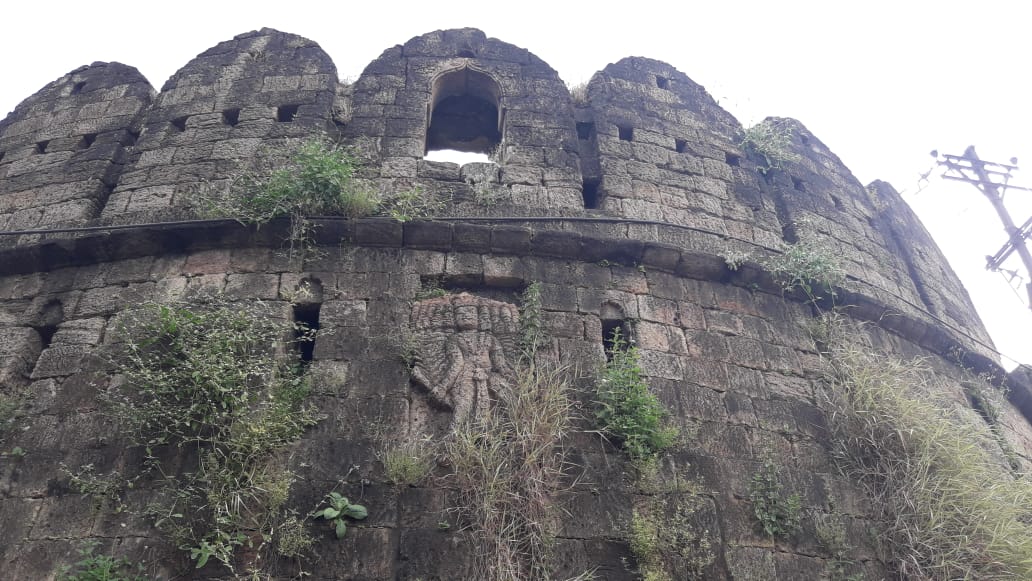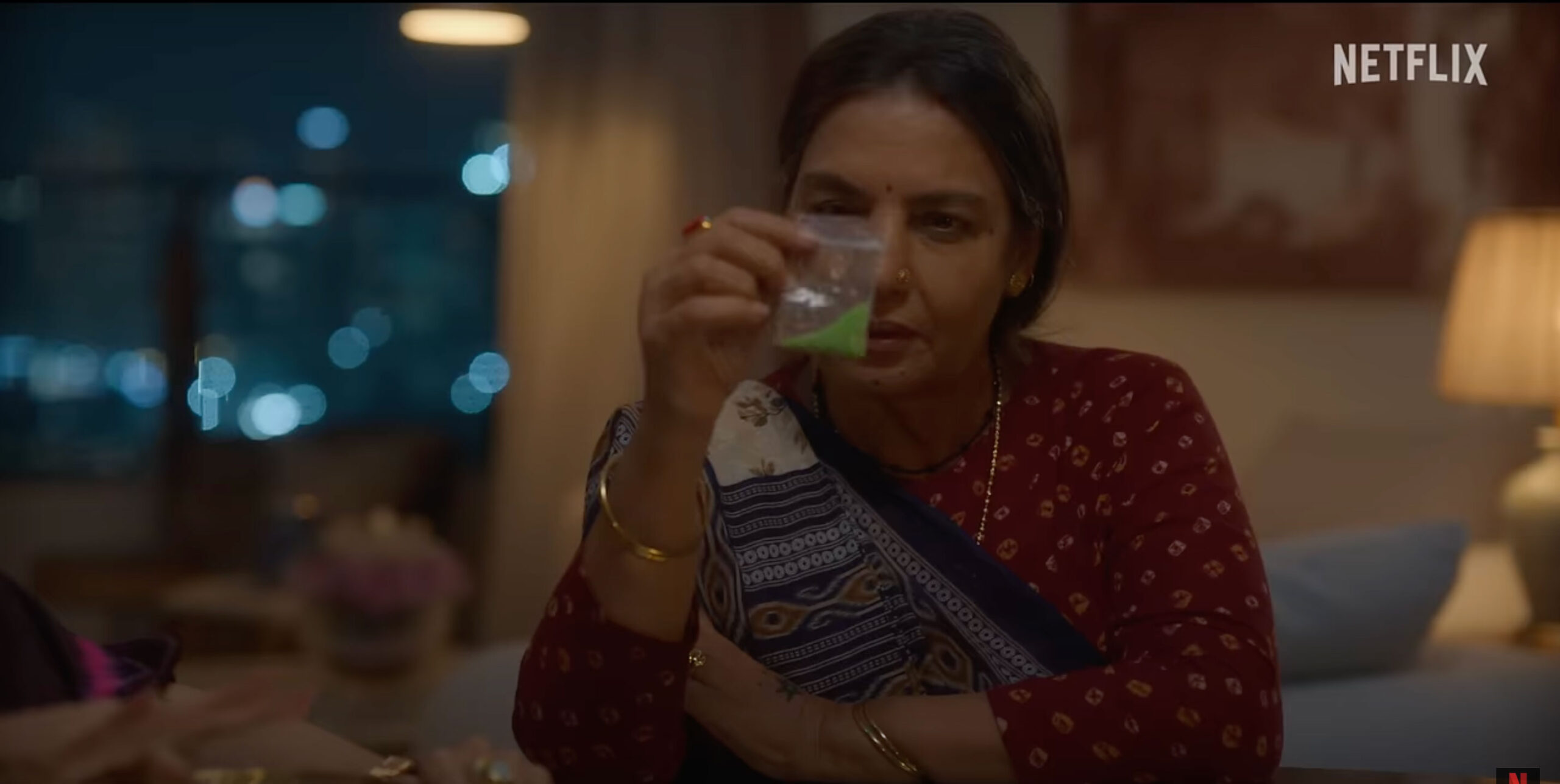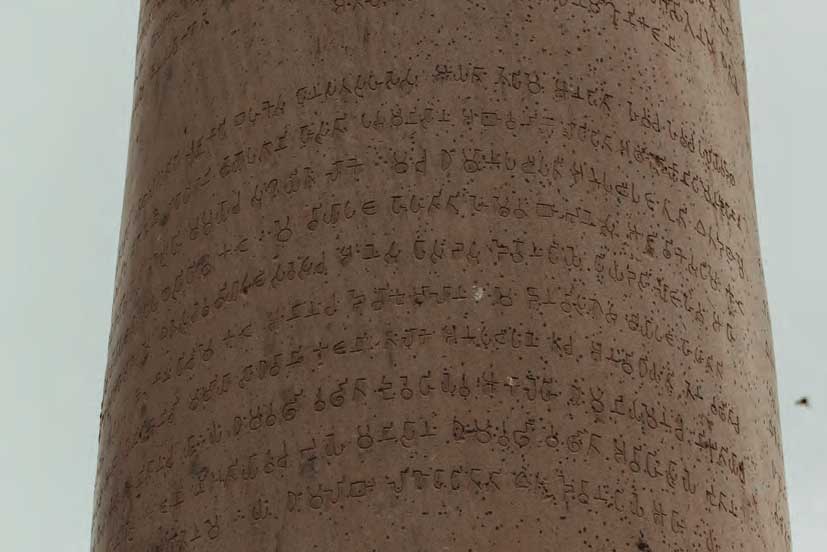 The Internet may have given us several new platforms to express ourselves but as far as the way we think and reason is concerned, we are passing through a bad patch. And no, I am not talking of state oppression and antics of violent groups. They are, of course, there but besides them, there are some other things that are preventing us from speaking out the truth. We are meekly accepting many formulations and arguments just because of the fear of being branded reactionaries and seditionists. There is unprecedented pressure to conform and many an impediment has been put in the way of free and fearless thinking. Someone screams that those not chanting Bharat Mata ki jai are seditionists and we plunge into proving our patriotism. Someone else yells that if you are against the caste system, then Rohith Vemula should be your ideal. He had a way with words and his last letter was a beautiful and touching document. And you begin to forget that his life’s struggle was nothing to write home about and that by committing suicide, he had only proved that he was an escapist. We immediately change our profile photo and start raising appropriate slogans. Then, one day, out of the blue, a woman politician pronounces that it was wrong to compare Vemula with Dr Ambedkar. We again change our profile photo and forget our earlier stand. But – and this is a big but – whether it is the issue of proving one’s patriotic credentials or accepting Vemula as the ideal, the reactionary and retrograde thoughts and arguments that we have already disseminated do not go away merely because we have switched sides or have chosen to maintain a silence. They spread and get strengthened and subsequently, become patent weapons of organizations like the RSS.
The Internet may have given us several new platforms to express ourselves but as far as the way we think and reason is concerned, we are passing through a bad patch. And no, I am not talking of state oppression and antics of violent groups. They are, of course, there but besides them, there are some other things that are preventing us from speaking out the truth. We are meekly accepting many formulations and arguments just because of the fear of being branded reactionaries and seditionists. There is unprecedented pressure to conform and many an impediment has been put in the way of free and fearless thinking. Someone screams that those not chanting Bharat Mata ki jai are seditionists and we plunge into proving our patriotism. Someone else yells that if you are against the caste system, then Rohith Vemula should be your ideal. He had a way with words and his last letter was a beautiful and touching document. And you begin to forget that his life’s struggle was nothing to write home about and that by committing suicide, he had only proved that he was an escapist. We immediately change our profile photo and start raising appropriate slogans. Then, one day, out of the blue, a woman politician pronounces that it was wrong to compare Vemula with Dr Ambedkar. We again change our profile photo and forget our earlier stand. But – and this is a big but – whether it is the issue of proving one’s patriotic credentials or accepting Vemula as the ideal, the reactionary and retrograde thoughts and arguments that we have already disseminated do not go away merely because we have switched sides or have chosen to maintain a silence. They spread and get strengthened and subsequently, become patent weapons of organizations like the RSS.
Here, I won’t go into the reasons for the emergence of this situation and its serious implications. My focus is on propounding the need for the concept of Bahujan literature. I began with this aside because when I see the discourses in the world of Hindi literature, I find the situation even more horrific. Be that as it may, it would be better if I began with the recent history of Hindi literature.
Hans and Dalitbahujan literature
We all know that the artificialness of the elite Hindi literature was challenged in a big way in the 1980s. The challengers were the writers of the Shudra and Ati-Shudra communities who were at the lowest rung of the social ladder and the monthly Hans was their chosen literary and ideological vehicle. Rajendra Yadav (28 August 1929 – 28 October 2013), the editor of Hans, was a leading Hindi fiction writer. His editorial and ideological writings were imbued with a rare freshness of logic and thought. He believed that the kind of Hindi literature that was being eulogized in that era did not have the potential of bringing about any fundamental and long-lasting change. He launched a discourse on Dalit and women’s literature through his magazine and all his life, he strove hard to turn these into mainstream literature. Initially, the Backward and the Dalit writers partnered in launching the discourse on Dalit literature through Hans. The early editorials of Yadav also indicate that it was supposed to be a joint endeavour. However, subsequently, its ambit was narrowed down and Rajendra Yadav himself came to believe that Dalit literature was the literature of only those writers who came from the castes that fall in the Constitutional category of Scheduled Castes (SC).
This, when more than a century earlier, Jotiba Phule had presented a living example of how the Shudras, Ati-Shudras and women (OBCs, SCs and women of all communities of today) could forge a joint front for their struggle. Following in his footsteps, Dr Bhimrao Ambedkar launched the most successful campaign in Indian history for ameliorating the lot of the deprived communities.
 Similarly, in the south of the Vindhyas, there was the example of Periyar E.V. Ramasamy Naicker, who had brought together all non-Brahmin communities to launch an eminently successful movement. The Dalit Panthers movement of Maharashtra rose mainly from among the Mahars but it stood for the emancipation of all deprived communities. The concept of Dalit literature born out of the movement was not confined to the SCs. It was a joint struggle of the Dalit and Backward writer-poets. But in Hindi, it became afflicted with a strange suicidal tendency.
Similarly, in the south of the Vindhyas, there was the example of Periyar E.V. Ramasamy Naicker, who had brought together all non-Brahmin communities to launch an eminently successful movement. The Dalit Panthers movement of Maharashtra rose mainly from among the Mahars but it stood for the emancipation of all deprived communities. The concept of Dalit literature born out of the movement was not confined to the SCs. It was a joint struggle of the Dalit and Backward writer-poets. But in Hindi, it became afflicted with a strange suicidal tendency.
And not only in Maharashtra and south India, in the Hindi belt too, all the social, literary and spiritual movements against Brahmanism were joint endeavours of the Backwards and the Dalits. In this context, how can we forget the great spiritual movements of Gautam Buddha, whose motto was “Bahujan hitay, bahujan sukhay”? All these movements were free from the shackles of casteism and promoted liberal humanist values.
Notwithstanding all these facts, almost no one questioned the ideological constriction of Hans. Those questioning were the opponents of this concept – who were the flag-bearers of elite literature. And even they did not want a debate or discussion on the issue; they were simply out to rubbish the very concept of the literature of socially deprived communities. It was somewhat akin to the situation today – with the “seditionists” on one side and the self-pronounced “patriots” on the other.
After showing the mirror to reactionaries who quoted Marx at the drop of a hat, the slapdash debates initiated by Hans kept many important facets of the history of Hindi literature under wraps. We will come later to what that translated into. At this point, a quote by famous Dalit thinker and scholar Kanwal Bharti would help us understand the “Bahujan side” of the history of Hindi literature of the last century.
Bharti says: “In the Hindi-speaking areas, the Aadi Hindu Sabha Movement launched by Swami Achhootanand brought about a renaissance among the Dalits and backward castes. It was based on the concept of ‘moolniwasis’ (original inhabitants). The last few lines of his book Aadikhand Kavya read, ‘Jo azad hon tum chaho, to ab chant deyu sab chhoot; Adivansh sangh mil zor lagao, pandrah koti sachhoot, achhoot [If you want to liberate yourselves, give up the practice of untouchability; all the 15 crore touchables and untouchables should make a joint effort].’ Here, the word ‘sachhoot’ stands for Shudras. Hence all Dalits and Backwards were a part of this movement. This was the concept of Bahujan … But by the end of 1927, according to Chandrika Prasad Jigyasu, ‘some selfish elements’ narrowed the base of Aadi Hindu Sabha, as a result of which Mool Bharatvasi Samaj was founded in Lucknow … After the Aadi Hindu movement got narrowed down, Mool Bharatvasi Samaj took upon itself the responsibility of bringing about unity and awareness among the Dalits and Backwards. Later, Chandrika Prasad Jigyasu began referring to the concept as ‘Bahujan ideology’. He also took up the cause of publishing Bahujan literature … It is clear that Jigyasu had placed Dalit-Shudra literature in a common category called Bahujan literature. And that was the demand of those times. But the circumstances which led to a stream of Hindi literature being named ‘Dalit literature’ in the 1980s need to be researched.” (See Sanjeev Chandan’s interview with Kanwal Bharti, FORWARD Press, May 2015).

In contrast with the history of shared struggle of the Backwards and Dalits, the idea of “Dalit literature”, as propounded by Hans, was lop-sided and incomplete. Although the achievements of this “Dalit literature” cannot be underestimated, it turned out to be much less powerful than it could have been. It was destined to remain a discourse of the margins. Because of its lop-sidedness, it can neither claim to be the “mainstream” literature nor can it pose any real challenge to the brahmanical values and its rules of aesthetics that permeate the “mainstream” Hindi literature. Reducing Dalit literature to the literature of only the SCs not only came in the way of recognition of articulate writers of other non-Dwij communities, who, through their writings, dealt heavy blows to Brahmanism and Manuvad, but also of those who did not fit into the straitjacket of Dalit literature. It is true that the SCs have heart-rending experiences, which give an original identity to their writings. But the writings of OBCs and Tribals too have their own specialties (See articles by Rajendra Prasad Singh, Harinarayan Thakur, Ashwini Kumar Pankaj and Ganga Sahay Meena in An Introduction to Bahujan Literature, a book to be soon published by FORWARD Press).
To sum up, the changed stance of Hans didn’t allow the development and growth of the concept of Bahujan literature at the expense of elite or Dwij literature. It also promoted a new brand of nepotism.
I had a long conversation with Rajendra Yadav on these issues. (See, Rajendra Yadav in conversation with Pramod Ranjan and Ivan Kostka, FORWARD Press, September 2011). Rajendra Yadav said “what is not Dalit literature is brahmanical literature”. My contention was that if there was brahmanical literature on one side and Dalit literature on the other and if you would define Dalit literature as only the literature of the SCs, then where would you categorize the writings of other Shudras? He had no answer to my poser. In the same interview, I asked him, if the entire corpus of non-Dalit literature is brahmanical, then what is Maila Aanchal? I was referring to Phaniswar Nath Renu, the writer of this great novel, who was not born into an SC family . He was taken aback. His answer was, “What! The question is not whether Brahmanism is directly visible. But whether it is in the same framework.” We all know that Rajendra Yadav was a great admirer of the writings of Renu and his describing a radical work like Maila Aanchal as being within the brahmanical framework was merely an attempt to evade the question. Dozens such contradictions can be cited in Rajendra Yadav’s writings and utterances. Going through them, one feels that the concept of “Bahujan” was close to his heart and he realized its importance very well. But perhaps, there were some limitations to his thinking and the camps with which he had to align to ensure regular publication of Hans also limited his ideological freedom.
Myth and reality of oppression
What is more important than Rajendra Yadav answering or skirting this question is whether there is anyway one can dodge it. Even keeping literary issues aside for a while, won’t we be making the OBCs, the STs and other potential comrades in arms, easy fodder for brahmanical Hindutva if we seek to attribute the sociopolitical struggle against retrogressive values only to the SCs?
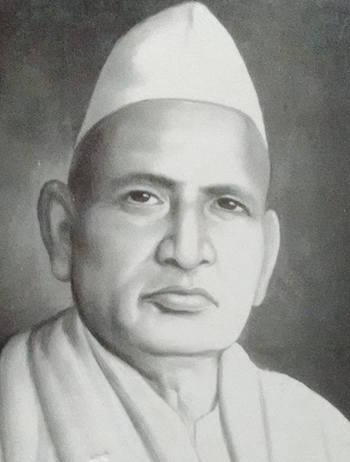
Some “progressive” critics claim that as OBCs have been the tormentors of SCs, there cannot be any real unity between them. I don’t know which agency they had engaged for this “oppressor” survey but I am surprised when they talk of forging a joint front of “progressive Dwijs” and SCs. Can only Dwijs be progressive?
The question they should be asked is whether their conclusion is based on a study of the social and constitutional system of the country or some external forces have shaped it. Figures conclusively show that most atrocities are perpetrated by the Dwij-brahmanical forces and that the two deprived classes are the victims. Both OBCs and SCs are the victims of the violent assaults of Jats. In some states, OBC Yadavs and Kurmis are described as oppressors of the SCs. This may be true to some extent but we should not forget that Yadavs and Kurmis were also targeted by forces like the Ranvir Sena. Hundreds of members of these castes were killed in the violent attacks.
The “progressives” who are trying to pit SCs and OBCs against each other should also be asked whether OBC, SC and ST are water-tight social groups.
In the report of the Mandal Commission that was submitted to the Government of India in 1980, 3743 castes were identified as OBCs. Today, the number of castes classified as OBCs has crossed the 5000 mark. Since then, many OBC castes have been slotted as SCs and STs. Similarly, several castes which were earlier in the SC or ST lists have been moved to the OBC category. Such changes are common and frequent.
Which caste is in which group: An illustrative chart
(Many castes are in more lists than one in some states)
| Caste | OBC | ST | SC |
|---|---|---|---|
| Bhangi, Valmiki | J&K, Andhra Pradesh, Tamil Nadu | Punjab, Rajasthan, Karnataka, Andhra Pradesh, etc | In all states where they are not in ST or OBC lists |
| Dhobi | Haryana, Maharashtra, Karnataka, Andhra Pradesh, Punjab, Delhi, Chandigarh, Uttar Pradesh, Uttarakhand, Madhya Pradesh, etc | Many castes with similar occupations and cultural heritage | Bihar, Uttar Pradesh, Rajasthan, Tamil Nadu, Odisha, Madhya Pradesh |
| Mochi | Chhattisgarh, Madhya Pradesh | Many castes with similar occupations and cultural heritage | In all states where they are not in ST or OBC lists |
| Chamar | Assam | Many castes with similar occupations and cultural heritage | In all states where they are not in ST or OBC lists |
| Lohar | Bihar, Assam, J&K, Madhya Pradesh, Maharashtra, Punjab, Rajasthan, Tripura, Uttar Pradesh, Madhya Pradesh, etc | Odisha, West Bengal | Himachal Pradesh, some parts of West Bengal |
| Charan | Gujarat, Haryana, Rajasthan, Maharashtra, etc | In some areas of Gujarat | In some other areas of Gujarat |
| Kunbi | Karnataka, Madhya Pradesh, Daman, Chhattisgarh, Maharashtra, etc | Gujarat (Dang district), Goa | Many castes with similar occupations and cultural heritage |
| Pasi | Assam, Tripura, Andhra Pradesh | - | Bihar, Uttar Pradesh, Gujarat, Harayana, Himachal Pradesh, Jharkhand etc. |
| Dusadh, Paswan | Assam | - | In all states except Assam |
| All Muslim and Christian Dalit castes | In all states | - | - |
| All nomadic tribes | Most of them are in the OBC lists | In a few states | Negligible |
One would do well to remember that a majority of this huge OBC population comprises castes like badhai, lohar, saini, chaurasia, pansari, pinjara, dhanuk, nai, julaha, tanti, bhishti, dhobi, kamaria, kasera, kumhar, nonia, mali, bhadbhoonja, bind, bazigar, kabadi, kewat, kalwar, kanu, darzi, kahar, raeen, tamboli, chudihara, chidimar and bahtiyara. Aren’t the names of these castes alone enough to understand their social status?

If the SCs have faced social ostracization, the Shudras among the OBCs have undergone the horrific social oppression perpetrated by feudal Dwijs.
Classifying these castes on socio-cultural basis and studying them is neither logical nor feasible. The same applies to literature too. A caste that is in the SC list in a state may be in the OBC list in a second state and in the ST list in a third one. In some states, the same caste is in different categories in different regions. For instance, in Madhya Pradesh, the Dhobi caste is SC in Bhopal, Sehore and Raisen districts while it is in the OBC category in the rest of the state. There are hundreds of castes such as Khatik, Madari, Namasudra, Pasi, Dusadh, Manjhi, Tanti, Dhunia, Nai and Julaha that are OBCs in one place and SCs in another. (see chart) If a person is born in a place where his caste is in the SC list, shall we call his writings Dalit literature there and non-Dalit literature in places where his caste is categorized as OBC. This will be a very childish way of looking at culture and literature. Similarly, the social division of sachoot-achoot is also very difficult to make. Similarly, the social division of sachoot-achoot is also not possible. For the Dwij Brahmins, almost all Bahujan castes were Untouchables. Now, at least in the cities, the so-called creamy layer of the Bahujans has access to the homes of the conservative Dwijs, but there too, they are served coffee and tea in cups and saucers set aside for them. In this matter, the Dwijs do not differentiate between Dalits and OBCs!
The fact of the matter is that to obfuscate the shared pain of the Dalits and Backwards, a clutch of myths has been manufactured so that the attention can be diverted from the real exploiters, so that the cultural and social ties that have bound the Bahujans can be broken. Dwij intellectuals have been at the forefront of this campaign, which is aimed at perpetuating their literary-intellectual leadership. And that is why they lay great emphasis on these differences.
They talk as if caste-based discrimination and dialectics have ended among all social groups barring between Dalits and the OBCs. Doesn’t it exist between Brahmins and Rajputs, between Kurmis and Yadavs, and between Chamars and Valmikis?
The genesis of the casteist disputes is in the caste system and its real beneficiaries are the Dwijs. The way to emancipation lies in identifying the creators and beneficiaries of this system and in outrightly rejecting their life-values.
Meaning of wholeness of literature
The history of Hindi literature is today viewed from two different angles. One camp is of the art-for-art’s-sake Parnassians and the Dwij Marxists (who don’t differ on this matter), who want that the historiography of Hindi literature to continue marching in the direction shown by Ramchandra Shukla and Ramvilas Sharma. The other camp is the camp of Hansvadis, who are consistently trying to cover up their lop-sidedness. The first camp argues that literature should be seen in its “entirety” and that the social background of the writer should be of no consequence at all. When they talk of “entirety”, what they leave unsaid is that they want the perpetuation of the superiority and domination of the literature and culture of a particular class.
Ramchandra Shukla was the icon of the brahmanical historiography of Hindi literature while Ramvilas Sharma devoted his life to putting the Marxist formulations on culture and literature into the mould of Dwij traditions in the name of Indianizing them. Neither he nor his followers ever deigned to explore whether the Indian proletariat have a rich culture and traditions and a big corpus of literature. They ruthlessly ignored the Bahujan-Sraman culture and literature and sought to erase its footprints on the sands of history.
The need of the hour is for an egalitarian literature that firmly rejects Manuvadi values to become the mainstream of Hindi literature. The mainstream should include the literatures of SCs, STs, OBCs, the Muslim Pasmanda community and women of all communities. This will only become possible if the ambits of Dalit literature, which has become the literature of the SCs, and of Progressive literature, which has been reduced to the literature of the Dwijs, are expanded and extended and redeveloped in the form of Bahujan literature. There is no dearth of evidence of their shared legacy in the history of Siddhs, Nathpanthis, Sants and in modern literature. You can get a glimpse of it in the book Hindi Sahitya Ka Subaltern Itihaas (Gautam Book Centre, 2009) by Rajendra Prasad Singh, who lives in a remote area in Bihar. What remains to be done is to publicize the evidence.
The concept of Bahujan literature is based on the sum total of the literary contribution of a writer. Hence, it also has place for Dwij writers with an unflinching commitment to the cause of the deprived communities. As we have been arguing in the columns of FORWARD Press, the concept of Bahujan literature is a huge umbrella, under which Dalit, Tribal and women’s literature will flourish. Additionally, critical evaluation of the literature and shared values of the OBCs, Pasmandas and nomadic castes should also be attempted. Only this concept of Bahujans would be able to push the elitist literature to the margins.
For this, it would be imperative to string together the bits and pieces of Bahujan literature lying unnoticed in literary history. And those who are committed to doing this work should not be obsessed with getting unanimous approval for whatever they do. They should be ready to face the perils of expression.
****
We have been facing such perils of expression consistently for the last seven years in the print edition of FORWARD Press. As you may be aware, this is the last literary annual of the monthly print edition. The publication of the print edition will be suspended after the next – June 2016 – issue. But we would like to assure our readers that we will continue to face these perils in our web edition and in the books to be published by us.
In the last print issue, we would like to publish your views on the eight-year-long journey of the magazine. If you feel that in these years, the magazine has given something valuable, something new to you or to society, put pen to paper and e-mail us as soon as possible. You can write in either Hindi or English. And yes, please do not forget to make advance reservations for the books to be published by FORWARD Press before the suspension of the print edition.
(Published in the Bahujan Literary Annual May 2016 issue of the FORWARD Press magazine)
For more on Bahujan literature, visit http://www.amazon.in/dp/

